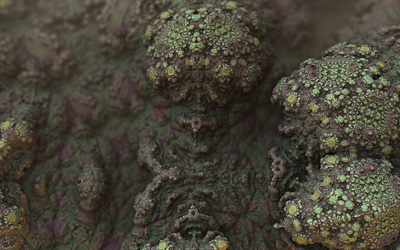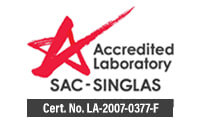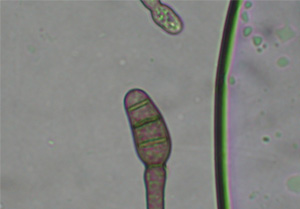
IAQ Introduces Innovative Sampling Which Addresses the Shortfall of Current Air Sampling Tests
The evidence on airborne particulate matter (viable and non-viable) and its public health impact is consistent in showing adverse health effects at exposures that are currently experienced by urban populations in both developed and developing countries.
The range of health effects is broad, but are predominantly to the respiratory and cardiovascular systems. Indoor air quality has become a major issue around the world, since an increasing range of adverse health effects has been linked to air pollution, and at ever-lower concentrations.
This is especially true of airborne particulate matter which now makes culturable sampling more important. Culturable sampling is invaluable for health impact assessments and allows specialists to develop insights into the mortality and morbidity burdens from current levels of air pollution, as well as what health improvements could be expected under different air pollution reduction scenarios.
Culturable sampling methods require that the spores in the air are alive, survive the sampling process, germinate on the sampling media, and compete well with other species present on the growth media. The non-selective growth media may favor the growth of some fast-growing micro-organisms. It also provides counts indicative of how many spores are viable and present in the air.
Culturable sampling does not indicate the presence of non-viable spores, which may also be capable of producing allergies or irritation.
Overview
Non-culturable spore trap samplers draw measured volumes of air through the sampling device for a specified length of time. The collection surface is a coated glass slide. Particles in the air (spores, dust, etc.) impact onto the sticky surface and are “trapped” for later analysis. Spore trap samples are capable of capturing all spores and particulate matter in the air. Consequently, it is possible to accurately characterize problematic environments where spores are present but either are no longer viable or are species that do not culture well (i.e. Stachybotrys). These are two situations where culturable sampling techniques if used alone, may miss a potential IAQ problem.
Culturable Sampling
Culturable sampling is one of the most common methods of volumetric air sampling. The sampler works by drawing measured volumes of air through an instrument that contains a petri dish with culture media. Spores that impact onto the plate are then allowed to incubate and grow, after which the colonies may be counted and identified.
Our philosophy regarding the interpretation of biological air samples is formed primarily by two guiding principles. First, an effective interpretation is based on the comparison of indoor and outdoor samples. There are currently no guidelines or regulations to indicate “safe” or “normal” spore levels. However, we typically expect indoor counts to be 30 to 80 percent of outdoor spore counts, with the same general distribution of spore types present.



